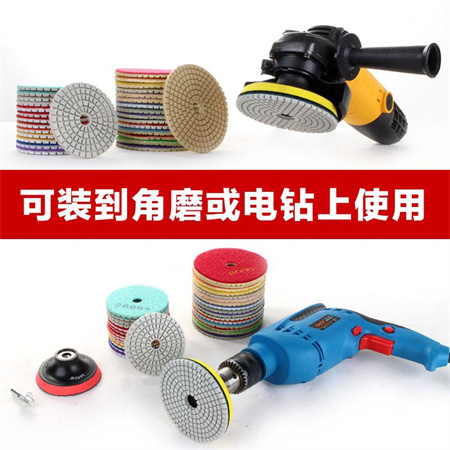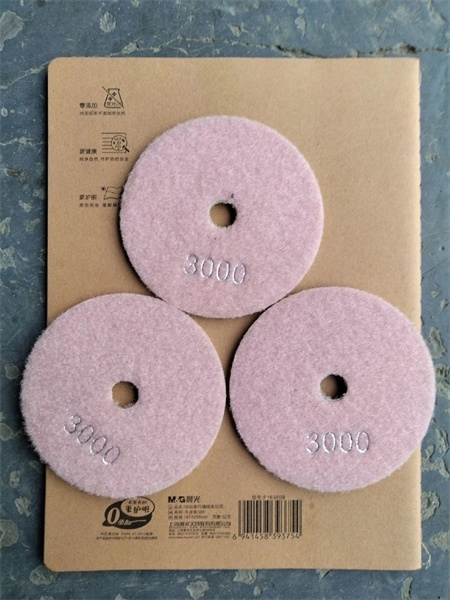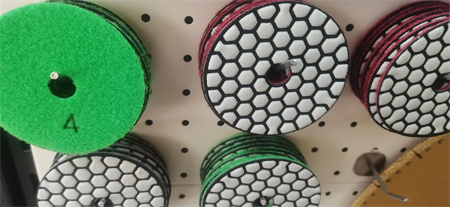Key Considerations When Selecting Polishing Pads for Construction
When it comes to construction, the importance of the finishing touches cannot be overstated. A smooth, polished surface can transform the aesthetic of any project, from concrete floors to stone countertops. But achieving that perfect, high-quality finish is not as simple as just choosing the right tools. The polishing pad you select plays a critical role in the overall outcome, affecting both the speed of the process and the quality of the result. So, how do you make the best choice when selecting polishing pads for your construction projects?
The first thing to keep in mind is the type of material you’re working with. Different surfaces, whether they are concrete, marble, granite, or terrazzo, have unique characteristics that require specific pad types. For example, concrete is a much harder surface compared to marble, so you’ll need a pad designed to handle tougher materials. On the flip side, if you’re polishing softer materials, you might opt for pads that are gentler but still effective in producing a smooth, even finish. It’s crucial to match the pad to the material, as using the wrong type can cause inefficiencies, poor results, or even damage to the surface you’re working on.
Another essential consideration is the grit size of the pad. Polishing pads come in various grit sizes, ranging from coarse to ultra-fine. Coarse pads are ideal for removing deep scratches or imperfections, while finer pads are used for the final stages of the polishing process, helping to create that mirror-like finish. A key thing to remember is that it’s generally recommended to start with a coarser pad and gradually work your way to finer grits to achieve the best results. Skipping steps in this progression can result in an uneven finish or even cause additional damage to the surface. Depending on the project, you might need to use multiple pads of varying grits to achieve the desired effect.


Another factor that can’t be ignored is the pad’s compatibility with your polishing machine. Not all pads are universally compatible with every polishing tool, and mismatches between the two can lead to subpar results or even equipment failure. Make sure to check the specifications of both the pad and your machine before purchasing to ensure they are compatible. A poorly fitted pad can cause unnecessary wear and tear on both the pad and the machine, which will ultimately lead to more maintenance and downtime.
Consider the level of dust control as well. Polishing concrete or stone can generate significant dust, which can not only be harmful to your health but also create a mess on the job site. Some polishing pads are designed with dust control in mind, offering integrated mechanisms to reduce the amount of dust released into the air. These pads can be particularly beneficial for indoor projects, as they help to maintain a cleaner, healthier work environment.
The versatility of the polishing pad is another aspect to consider, especially if you plan to work on multiple types of surfaces during a single project. Some pads are designed to handle a range of materials, allowing for greater flexibility in your work. This can be a time-saver, as you won’t need to constantly switch out pads as you move from one material to another.
In conclusion, selecting the right polishing pad for your construction project requires careful consideration of several factors, including the material you’re working on, the grit size, the pad material, durability, machine compatibility, and dust control. By understanding the specific needs of your project and choosing the right pad, you’ll be able to achieve a flawless finish every time, making your construction work not only more efficient but also more impressive. Whether you’re working on a small home renovation or a large commercial project, the right polishing pad can make all the difference in the quality of the final product.
